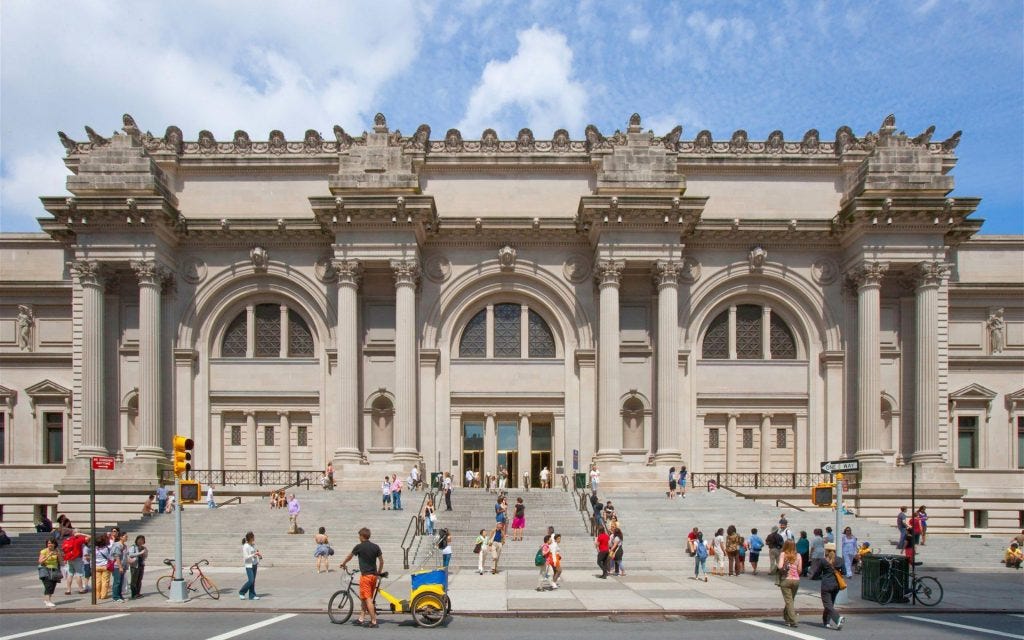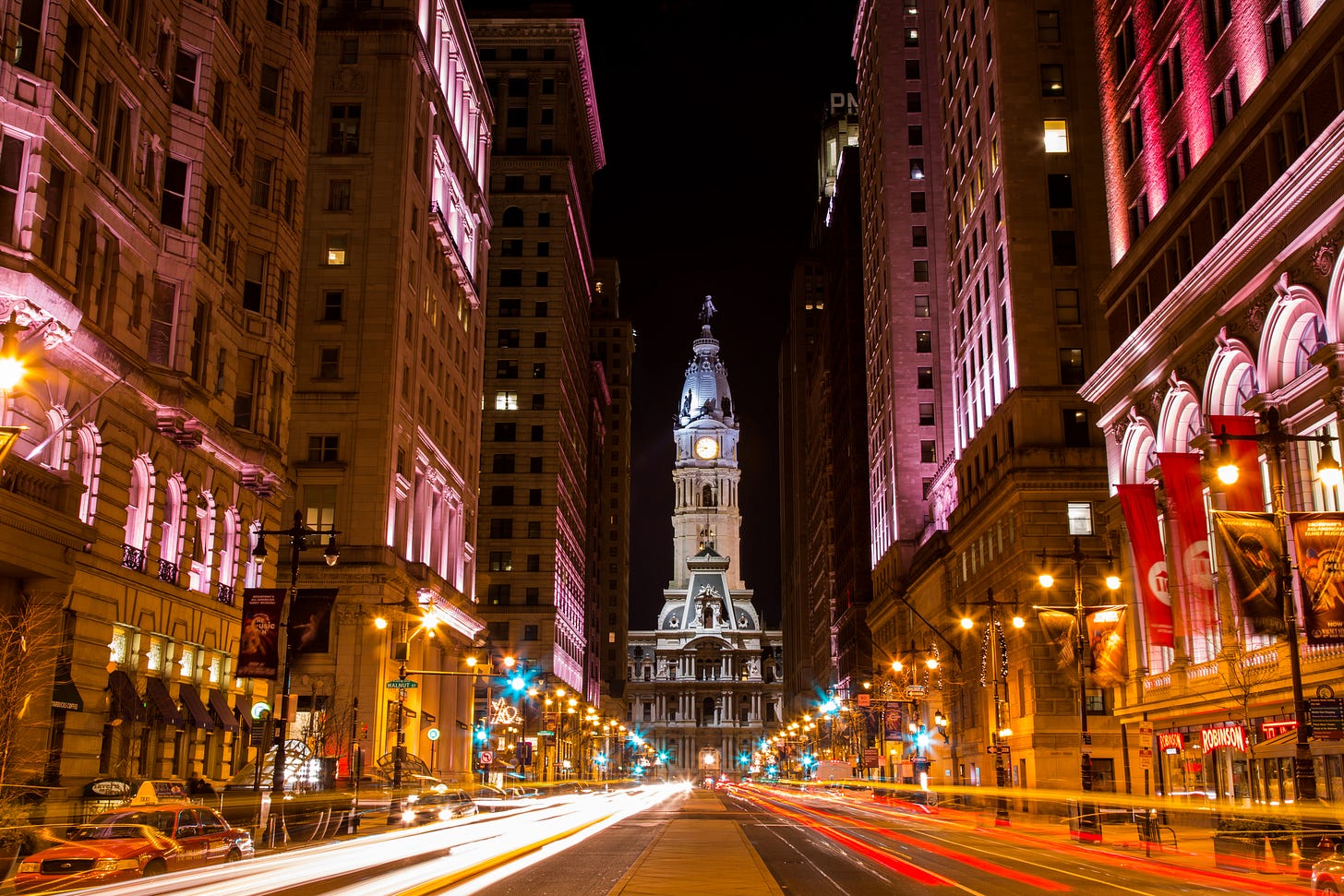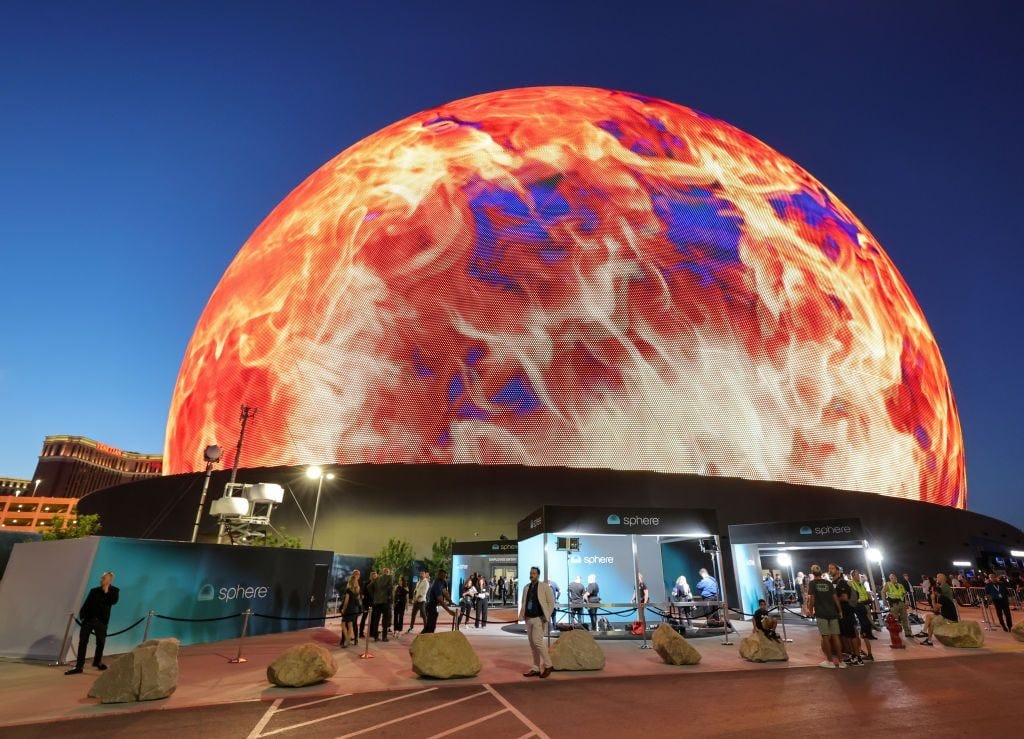As always, thank you for reading The New Urban Order— where urbanists explore the future of cities. I love writing these posts and one day hope to be able to do it full time. This work is not possible without subscribers. If you find this newsletter useful, wish you could read the best content, and want to support my writing, please subscribe today!
Much has been written about the impact of work from home on cities — from office building vacancy to lowered transit use to the loss of lunchtime service at restaurants. But comparatively little has been written about the ”culture from home” phenomenon and its toll on the urban arts establishment.
People have been accessing culture from home ever since the invention of radio and TV. But the pandemic took things to a new level, with social media’s addicting algorithms, prestige TV offering an abundance of shows to stream, and many arts organizations’ quick pivot to digital programming. In addition, inflation raised the cost of everything from babysitters to ticket prices, making in-person culture less accessible or appealing than a night of culture at home. Long after COVID receded, these other threats to in-person arts attendance remained; and most arts institutions have simply not come back after the pandemic.
But the decline in arts attendance is not equally distributed. It seems to be attacking the old arts establishment more than upstarts and digital art happenings, like online performances.
This is one of those productive crises that cities should not waste.
Recent research by the National Endowment for the Arts and at the local level show how in-person arts attendance is declining. Just 48 percent of people attended at least one in person arts event in 2021-2022, down 6 percentage points since 2017. That’s a big decline, about 18 million fewer people attending in-person arts events, or the entire population of New York, LA, Chicago, and Houston combined.
Older, educated White people are pulling back from in-person arts programming the most, while women, 18- to 24-year-olds; African American, Hispanic, and non-White, non-Hispanic adults were frontrunners in engaging in digital arts.
This research put data to what we’ve all seen: Gen Z is engaging with the arts digitally, and arts institutions relying on older, White audiences are seeing attendance decline.
This data is consistent with other recent findings that the pandemic has crushed the arts establishment. According to the Washington Post:
Experts in theater management say that 25 percent to 30 percent of theater audiences have not returned since the pandemic shutdown of March 2020 that lasted until late 2021. Retrenchment has continued, they say, not so much out of lingering fears of getting sick, but because theater simply receded as a priority as other pastimes filled the gap.
A 30 percent decline would actually be good! A recent study in Chicago found that attendance of in person arts programming is still down a whopping 60 percent. Other cities like San Francisco, Philadelphia and Denver are finding similarly dire situations across art forms.
Major museums are seeing major declines in attendance. The Met, previously the country’s most visited museum, is down 34 percent or 1.7 million visitors compared with 2019. According to The Art Newspaper:
The Met was not alone among New York’s major institutions in experiencing a drop in attendance compared to 2019, with the Solomon R. Guggenheim Museum (down 42%), the Whitney Museum of American Art (down 19%) and the Brooklyn Museum (down 17%) all still below their pre-Covid figures. Only the Museum of Modern Art (MoMA) was up, by 10%, but this was because its 2019 figure of nearly 2 million visitors was lower than normal as the museum was closed for four months of renovations.
Looking at data of the top 100 museums around the world, I only counted 15 that registered straightforward growth since 2019, mostly in other countries.
But arts and culture is far from a dying industry – in fact, aren’t we all creators now? We’re actually drowning in art and creative work, from photography on Instagram to dance on TikTok. It’s just that established arts organizations haven’t figured out how to address these changes in demographics and arts consumption and kept up.
You may be thinking: let those old organizations die off!
To be sure, the arts establishment will be replaced by younger and more diverse arts leaders and institutions, and new art forms. And we should encourage and celebrate that. I read a really thoughtful op-ed refuting the narrative of arts decline in Chicago; it points to the fact that most of the declining audiences and layoffs in the field are centered around old, pale, stale institutions that invested in buildings instead of people. By contrast, the writers paint a picture of a vibrant arts scene full of young, BIPOC talent. We shouldn’t rescue old arts organizations that have overspent on fancy new buildings and underperformed on innovation.
But the old arts establishment is essentially composed of anchor institutions. The Met, for example, has been in New York for 150 years. Philadelphia’s Academy of Music pre-dates the Civil War. Institutions of this ilk own millions of historic square feet of real estate, and a loss of productive use of these spaces could pose a problem for cities akin to office buildings. (If you think repurposing office buildings is hard, try readapting historically preserved buildings!)
These arts anchors employ thousands of people often at higher wages than smaller nonprofits, procure millions of dollars of goods and services, and contain billions of artwork and equipment. Not to mention that they have done the work of already reaching and connecting with an audience — work that isn’t fast or easy to recreate.
Additionally arts and culture are the absolute backbone of tourism – whether a big vacation or just a night out that trickles down to spending on parking, transit, restaurants, and bars. While there are ways to transition tourism away from depending on big arts institutions (as I’ll discuss below), that transition needs to be intentional or cities will miss out on the revenue they could otherwise capture.
Finally, at an existential level, major arts and culture institutions are critical to urban identities. What is Washington, D.C. without the Smithsonian museums, Paris without the Louvre? They distinguish cities from one another and from the suburbs that typically do not contain these assets. You can imagine how digital arts could imprint a new identity on cities — I’m thinking of the Sphere in Las Vegas — but they seem endlessly replicable. Which city will get a Sphere next?
These institutions remind me of legacy cities of the Rust Belt — they may decline but they will absolutely never die. They have people who love them and will fight for them. Wouldn’t it be better to help them survive and thrive while also giving more space and attention to the new generation of artists and arts organizations? Let’s discuss below the paywall, subscribers!









